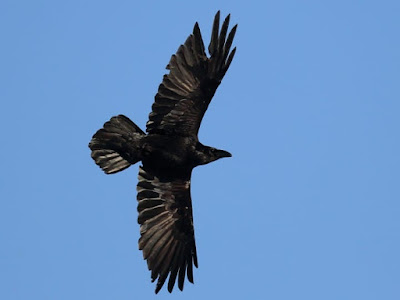Orr Lake
Siskiyou County, California
I thoroughly enjoyed participating
in this years A to Z Challenge.
First off, I had fun choosing what
birds to use. Then choosing what
photos of mine to use. And finally
many, many thanks to the wonderful
web site Cornell Lab of Ornithology
Without this resource it would have been
very hard for me to complete on time.
Plus this web site enabled me to give the viewers
the best available information
plus the best photos/images possible.
It was great fun and I truly appreciate
all the viewers kind comments.
And many, many thanks to everyone
who participated! I had fun reading other's
blogs. I made it a point to look and comment
each day on all the blogs I had chosen to
follow. Wasn't easy, but once I chose a
blog to follow I didn't want to miss out
on anyone's words and photos.
And thanks to all of you who helped
organize the 2020 A to Z Challenge!
An incredible amount of work!
And thanks to everyone who played!
One last photo....wild turkeys outside
our former home in Weed,
Siskiyou County, Northern California.
We were on 10.5 acres and had plenty
of room for the sometimes 40 surrounding us!
Cheers and have a lovely day!
~~~~~

































